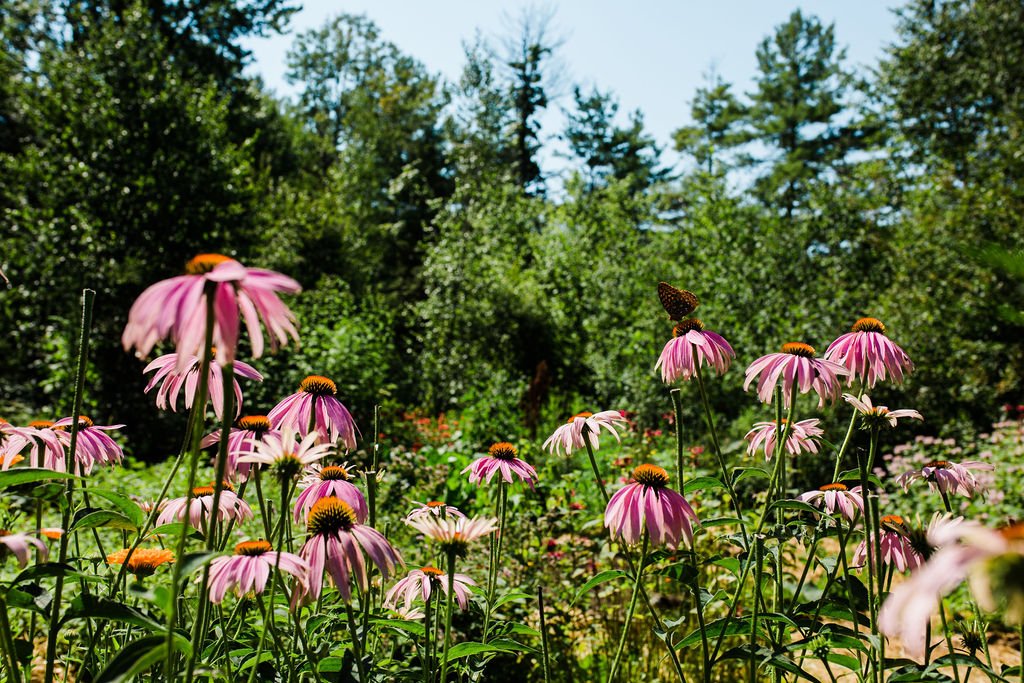Why Panchakarma Isn’t a Quick Fix
There’s a certain glow that follows someone who’s just completed Panchakarma. Their skin is clear, their eyes bright, their energy quiet but steady. And if you ask them how they’re feeling, they’ll usually pause—because the words don’t come easy. There’s a stillness, a subtle transformation, and yes, sometimes even a little awe.
It’s no wonder that people are curious about Panchakarma. This intensive Ayurvedic cleansing process promises deep detoxification and powerful rejuvenation. But if you’re imagining it as a reset button, a shortcut to health, or a wellness vacation, let me gently reframe the narrative.
The Myth of the “Spiritual Spa Day”
The wellness world can romanticize detox. Between juice cleanses, infrared saunas, and chlorophyll water, it’s easy to view “cleansing” as something you can buy, schedule, and conquer over a weekend. But Panchakarma isn’t a quick turnaround. It’s not a spiritual spa day or a miracle cure. It’s more like a personal excavation—followed by delicate restoration.
Ayurveda doesn’t see healing as linear or immediate. In fact, the classical texts warn us that trying to rejuvenate without first cleansing is like trying to dye a dirty cloth. The new color won’t work. Similarly, your body can’t deeply absorb nourishment if the tissues are clogged or inflamed.
But—and this is important—you don’t always need Panchakarma.
Begin Where You Are
One of the most common questions I hear is:
“Do I need to go to India for three weeks to be Ayurvedic?”
Absolutely not.
In fact, it can be destabilizing to jump into a deep cleanse without the scaffolding of daily care. If your system is depleted, overwhelmed, or stressed (hello, modern life), a forceful detox can create more harm than good. You might release toxins faster than your body can eliminate them. You might inflame a sensitive gut. Or worse, you might walk away thinking Ayurveda didn’t work.
Panchakarma works—when done at the right time, with the right support, and the right preparation. And part of that preparation is giving your body consistent signals that it’s safe, loved, and capable of healing.
Start by aligning with daily rhythms.
Eat your largest meal in the middle of the day.
Put your phone away after dinner.
Practice oil massage in the mornings.
Go to bed closer to 10 p.m.
Cook your food.
Chew it slowly.
Breathe.
These small things, done daily, are how the body begins to trust again.
When You Might Be Ready
There are times when Panchakarma is the right move. When a chronic condition is not resolving, when autoimmune symptoms persist, when hormonal or digestive issues are deep and stubborn—this is when Panchakarma can become not just appropriate, but essential. I’ve done it several times over the past 20 years, and each time, it has changed the trajectory of my health.
But I never do it in a hurry. And I never do it without first preparing my life to receive the benefits—physically, emotionally, and spiritually.
The Long View of Healing
I believe that sustainable healing is slow. It’s the kind that respects the body’s timeline. Panchakarma is one of the most profound interventions Ayurveda offers, but it’s not a place to start.
Instead of looking for the next cleanse, consider what your body is asking for today. What would happen if you gave it rest instead of restriction? Ritual instead of rigidity?
Panchakarma is not a quick fix.
But neither is Ayurveda.
That’s exactly why it works.
